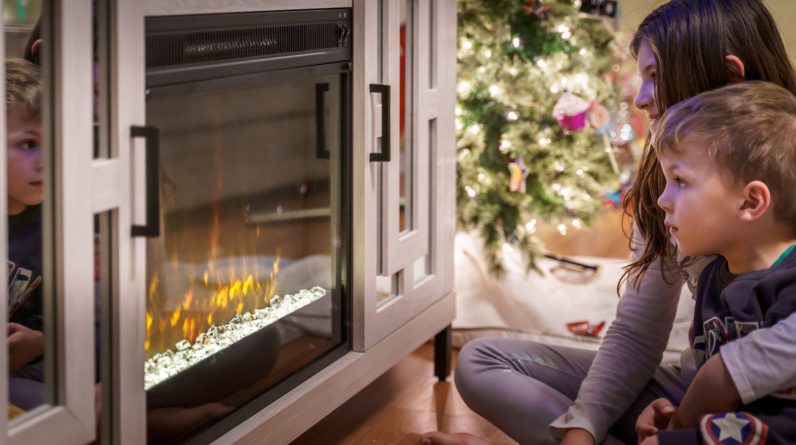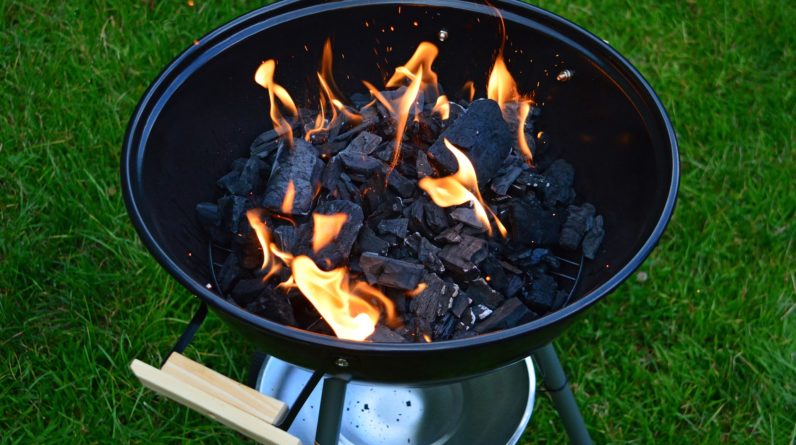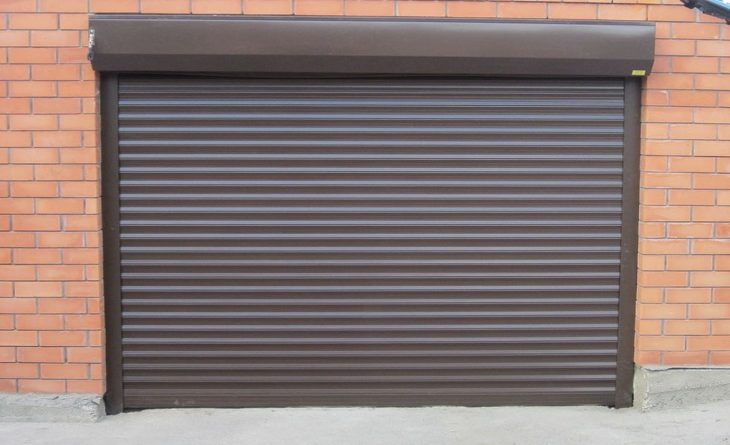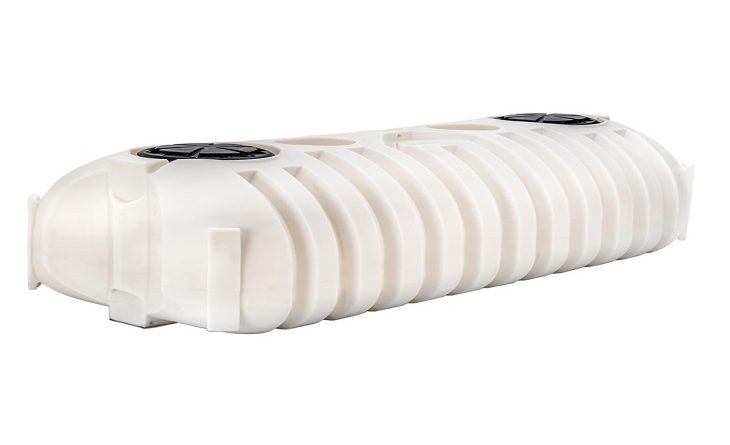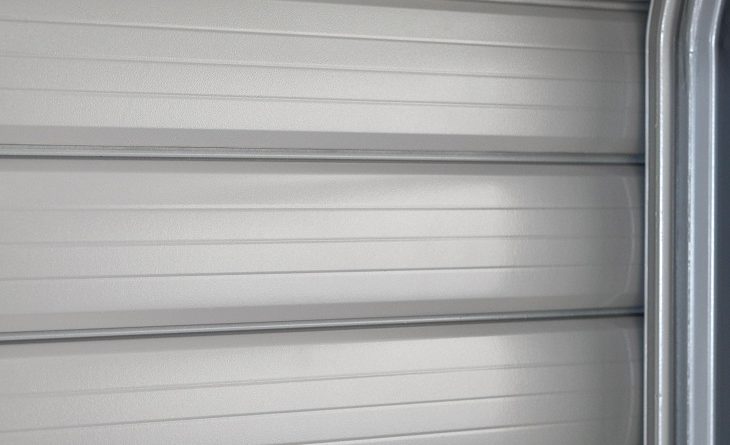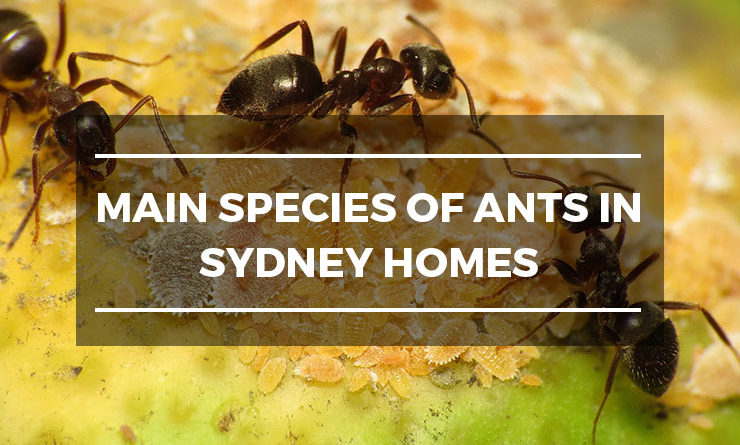
While there are a few thousand different species of ants in Australia only a few are considered to be pests. The small black house ant and the Coastal Brown ant are the most common, they build large colonies in and around homes and are of the most concern.
The three main types of ants found in Sydney are:
The White-footed House ant
this ant is approximately 2.5 to 3mm in length, with a black to brownish-black body with white feet and a segmented waist. While they are attracted to sweet foods, they also feed on dead insects and other protein, you often see them foraging along tree trunks, branches and shrubs that have nectars or sap-sucking insects that produce honeydew. Occasionally white-footed ants find their way inside wall voids where they follow electrical wiring and emerge into various rooms especially kitchens and bathrooms where liquids and solid foods can be found. They nest above ground in locations within the landscape and home, with nests found in trees and bushes, under palm fronds, in loose mulch, under leaves on trees, and in leaf litter – both on the ground and in gutters. Nests are more commonly found outside. Their preferred location is near food sources and moisture and protected from the weather and predators. When it comes to pest control, white-footed ants are hard to control due to the size of their colonies, but, they can be eradicated. It is important that all colonies of white-footed ants are identified and properly treated to ensure successful eradication. Infestations can be treated by placing liquid baits along trails on the exterior of a property. One of the key aspects in controlling these ants involves trimming trees and shrubs, don’t have any vegetation touching exterior walls. Ant trails coming from neighbouring properties via adjoining fences, vegetation or across lawns must also be treated.
The Odorous House Ant
These ants are brown or black and between 1.59mm and 3.18mm long. These ants live for several years and change into an adult from *birth* in as little as 34 days. They eat most household foods including pet food, sweets, sugary food and sweet fruits such as melon. They are attracted to moisture and in hot and dry environments nests are found in house plants and even the lids of toilets. If crushed they produce a coconut type smell and colonies range in size from 100 to 10,000.
The Brown Coastal Ant
It is also known as the Big-Headed ant. It is a small golden brown to brown ant that measures between 1.5 to 2.5 mm, the worker ants have a large head which is larger than the rest of it’s body. Originally believed to be a native of Africa, it is now common throughout Australia. This pest is a soil-nesting ant that displaces dirt and leaves tell-tale mounds of soil next to the nest opening. Colonies can become so large that they stretch beyond property boundaries and are common around homes. They are a very invasive species of ant with multiple queens in a colony, as the colony grows a process called *Budding* takes place in which a queen and some of the workers walk away from the nest and establish a new nest close by. The Coastal Brown Ant forages for fat and oil-based foods or proteins such as meats. They are not aggressive but will sting if they are under threat, but the sting is not painful to humans. They are more of a nuisance than a threat but can form *super colonies* which are a series of interconnecting nests – a mass-infestation. Super colonies have been known to destabilise footpaths.
Ants often look quite similar to termites however the antenna on a termite is straight, while an ant’s antenna is elbowed. During periods of high humidity ant activity increases and new nests are established, you may see ants in places you hadn’t seen them before. Problems with ants aren’t obvious but infiltrating you house can be quite obtrusive. While ants don’t eat wood, they can nest there, and they will travel to other areas where their activities can cause short-circuits in wiring and even fires.
Ants can be a very frustrating pest no matter how hard you try to kill them, they keep coming back, this could be due to a colony setting up somewhere on your property. Professional pest control is the best way to deal with a problem.
Read More:
